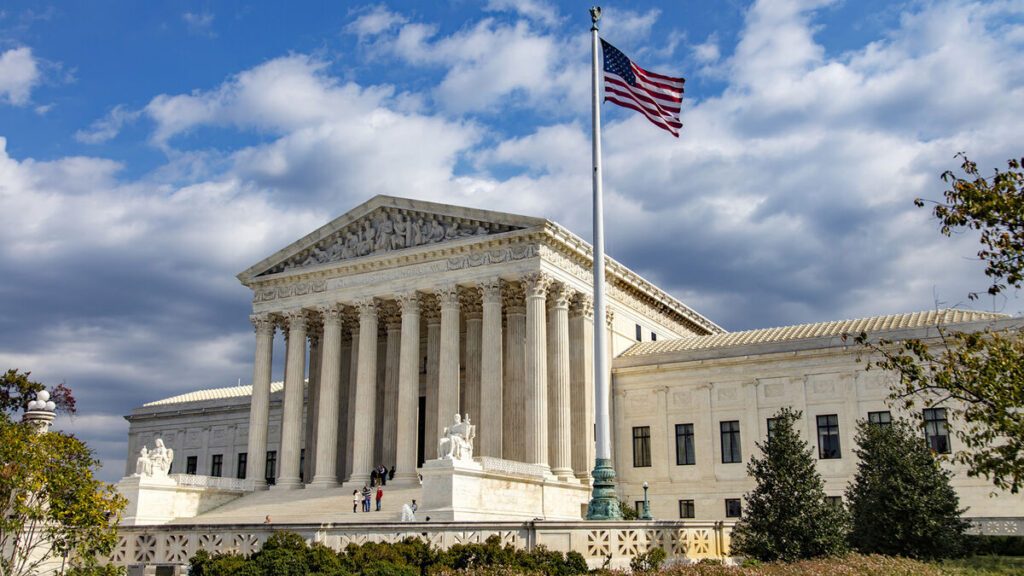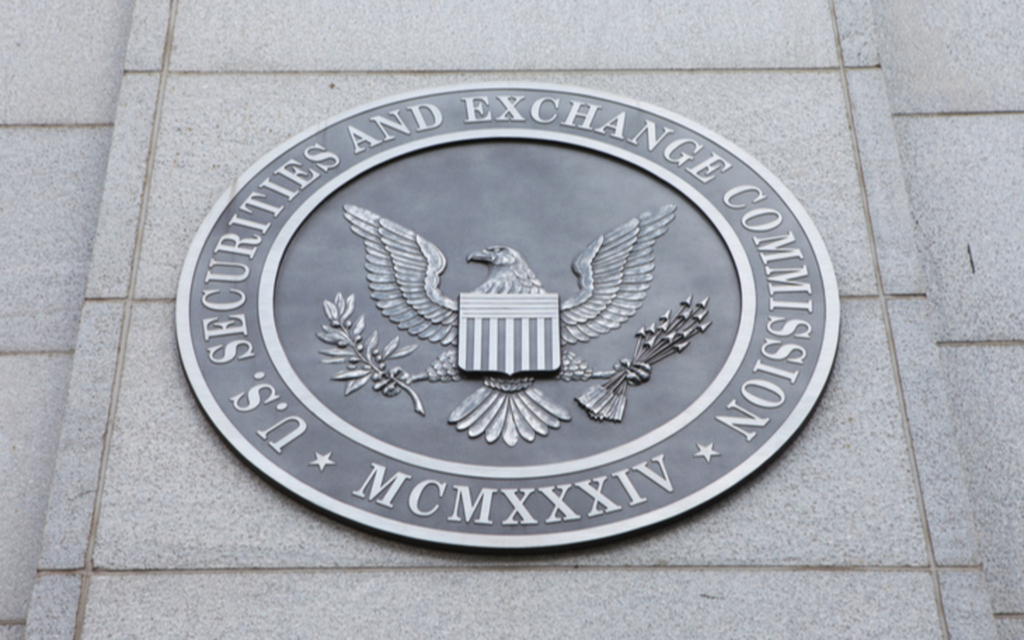Ripple Labs is currently confronting further legal obstacles as a United States court progresses with a securities case centered around purportedly deceptive representations.
The primary inquiry revolves around whether XRP, the digital asset of Ripple, meets the criteria of being classified as a “security” according to United States legislation, a determination that might significantly impact rules pertaining to cryptocurrencies.
The lawsuit, initiated by Bradley Sostack, is around remarks made by Ripple CEO Brad Garlinghouse during a 2017 interview, in which he asserted his significant investment in XRP.
Sostack contends that these comments were deceptive, as Garlinghouse disposed away millions of XRP over that period. The major concern revolves around whether XRP satisfies the requirements of being classified as a security according to the Howey test, a legal benchmark employed to delineate investment contracts.
On June 20, US District Court Judge Phyllis Hamilton rejected Ripple’s motion for summary judgment, thereby sending the case to trial.
The lawsuit alleges that Ripple Labs, its subsidiary XRP, and Garlinghouse engaged in the unregistered offer and sale of securities and made deceptive statements. The trial’s result could have substantial consequences for Ripple and the cryptocurrency sector in terms of regulatory responsibilities.
Ripple contends that XRP fails to satisfy the Howey test requirements for being classified as a security. The Howey test assesses whether an asset qualifies as an investment contract by considering factors such as the investment of money in a shared company with anticipated benefits derived from the labor of others. Notwithstanding this reasoning, the court determined that there were adequate reasons to proceed with the trial.
The trial’s verdict might have far-reaching implications for the cryptocurrency industry, putting additional regulatory obligations on Ripple and other issuers of digital assets, thereby impacting their operations and means of raising funds.
Moreover, the case has the potential to elucidate the application of the Howey test to digital assets, thereby offering more precise directives for enterprises operating in the regulatory environment.



